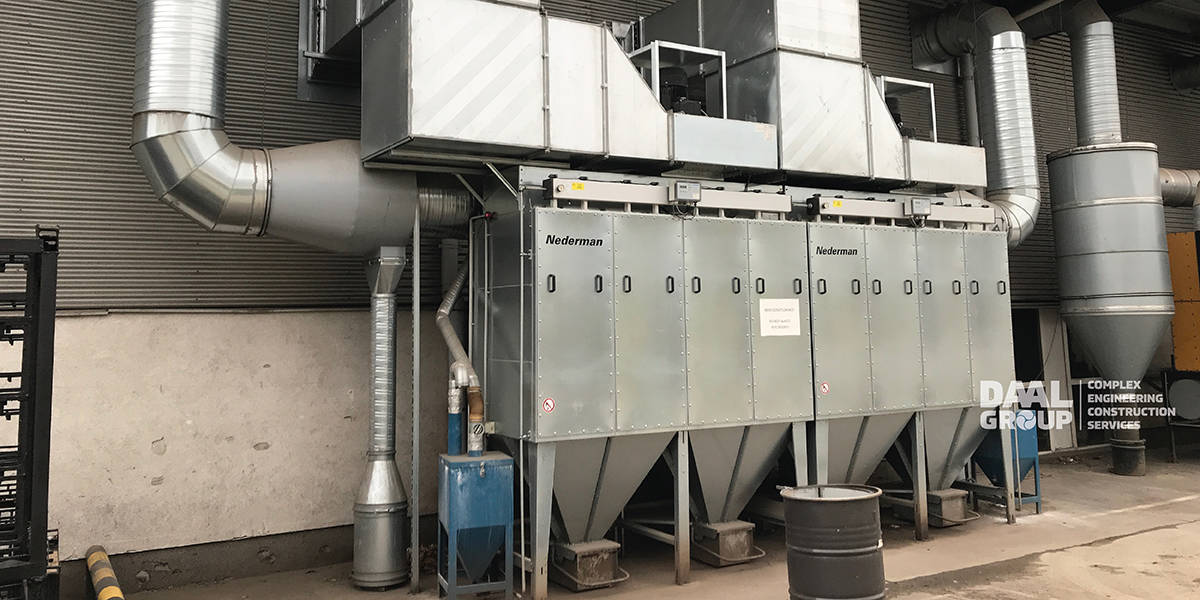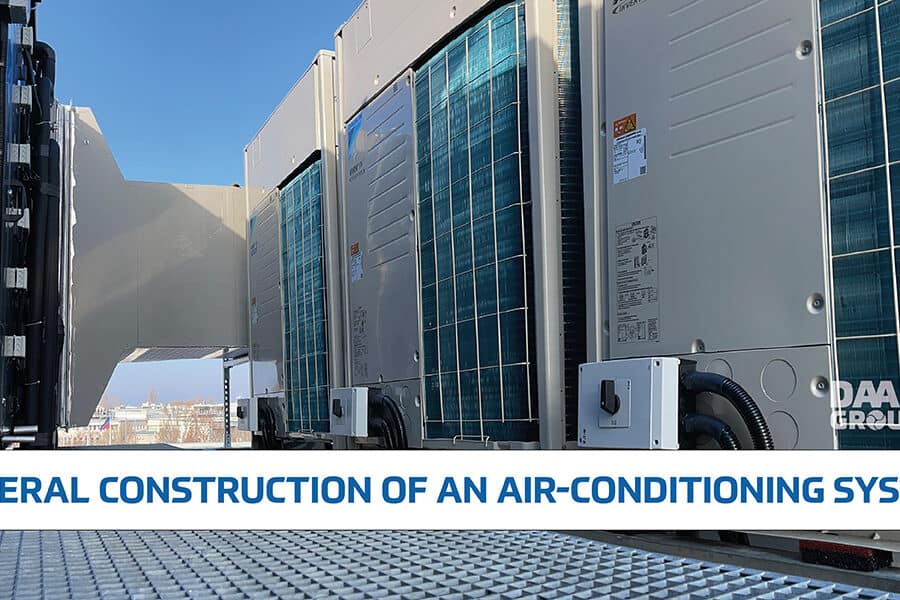Our company was asked to consult on the air technology development of a welding plant. The complexity of the problem and the site conditions presented us with a real challenge, but after cooperation and thorough investigation we found the optimal solution.
Posted on
This automotive supplier had welding robots in several of its workshops and wanted to ensure good working conditions in these units to safeguard the health of workers and retain skilled labour.
The objectives were to reduce dust exposure to below the occupational health and safety limit, but also to improve winter-summer temperatures, ventilation and to keep the doors closed so that conditions are tolerable in all seasons.
At certain times, it was not possible to see the other end of the hall due to dust pollution from welding fumes. Despite the dust extraction system in operation, dust was trapped in the building and the internal temperature was so high in the summer that people had to be given constant breaks, resulting in significant production downtime.
Solution
Quite a lot of dust extraction companies were asked, including us, and most of them offered new and extra equipment to achieve the goal and that’s actually why we were asked to give a price for a couple of units. At that point we decided to have a complete look at the system first. We are not committed to any one manufacturer. DAAL GROUP is committed to fair technical solutions and direct communication in all circumstances. With this in mind, we carried out an investigation and made a proposal that was genuinely helpful and worked in practice. We knew full well that such an improvement would be very expensive and that we would certainly not have the budget for it if we immediately provided the most complex solution. In most cases, it is worth taking a small step first and seeing the benefits and then developing it further. That’s why we have provided a 4-step solution.
 The process for solving the air quality problem was as follows:
The process for solving the air quality problem was as follows:
- The air balance must be restored as a first step, because the existing dust collectors have basically stopped sucking in air when the doors are closed due to the lack of air supply. This will increase the efficiency of extraction because the existing dust collectors will be able to reach the designed extraction air volume. Temperature problems will also improve, but this step is not the final solution.
- If Step 1 still did not fully achieve the objective, the extraction points in the plant should also be reviewed, as it was apparent that their design was not the most ideal. This can improve the capture efficiency of the welding fumes (which are essentially dust) and, as a result, the space will be cleaner.
- If step 2 does not achieve the desired effect, we would only invest in a new dust collector.
- If the temperature problems persist, a cooling system should be installed, but even then only in zones, so that cooling is only provided where the operator is working.
Even just taking Step 1 can bring huge benefits because:
- Increased efficiency of existing dust collectors, thereby reducing dust concentrations.
- We constantly replenish and dilute the indoor air with fresh air.
- We have partly addressed the winter-summer internal temperature.
- The gates can be closed in winter and summer.
- We provide positive pressure in the building to prevent the outside air – which may be polluted – from entering.
 Breaking down the solution workflow into steps helps to spread the costs and also gives the opportunity to evaluate the results of each solution. It also allows us to infer the need for and the amount of investment in the next step. In this way, the company does not have to burden its budget for the year and can spread the investment over a number of years, provided that all four steps are necessary.
Breaking down the solution workflow into steps helps to spread the costs and also gives the opportunity to evaluate the results of each solution. It also allows us to infer the need for and the amount of investment in the next step. In this way, the company does not have to burden its budget for the year and can spread the investment over a number of years, provided that all four steps are necessary.









